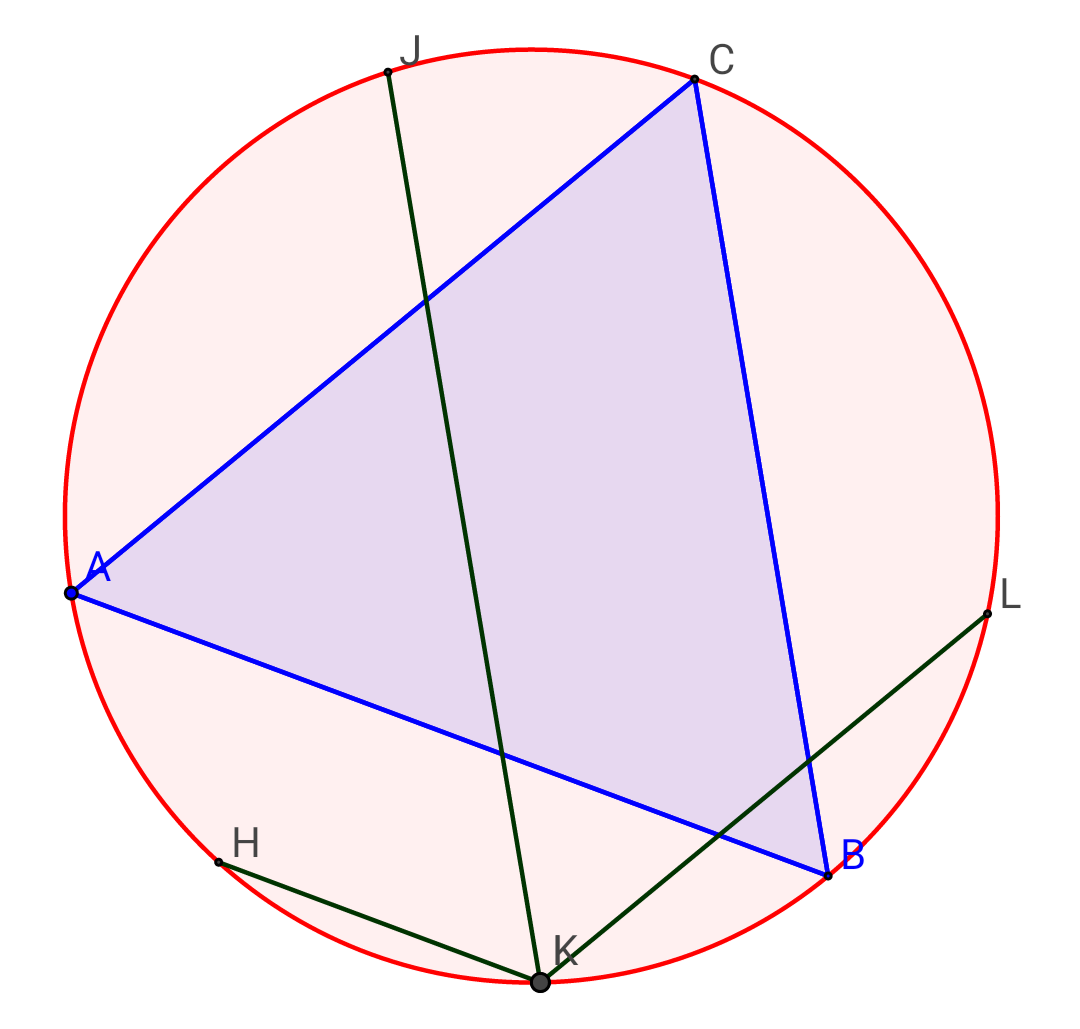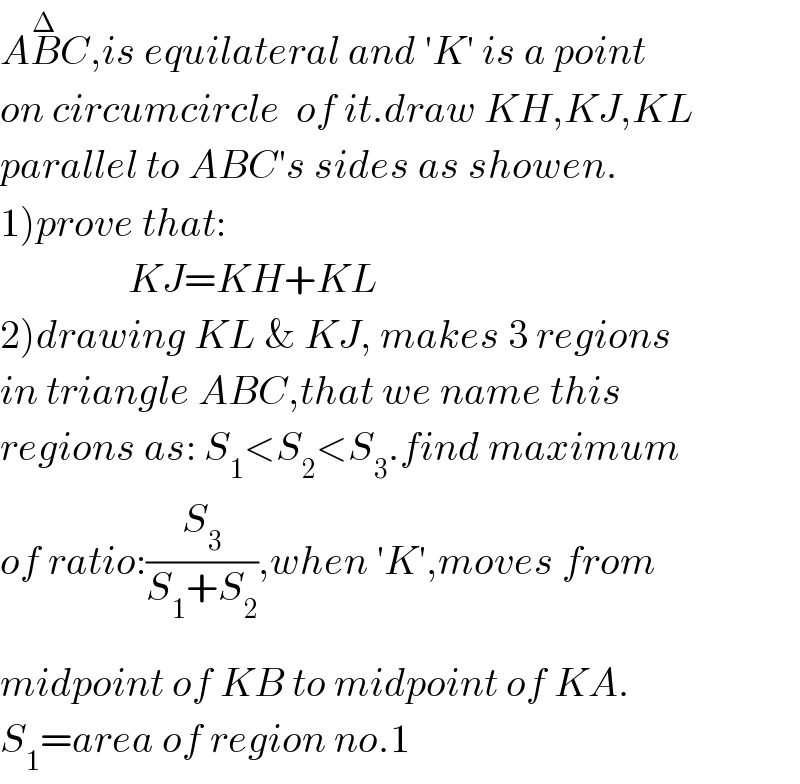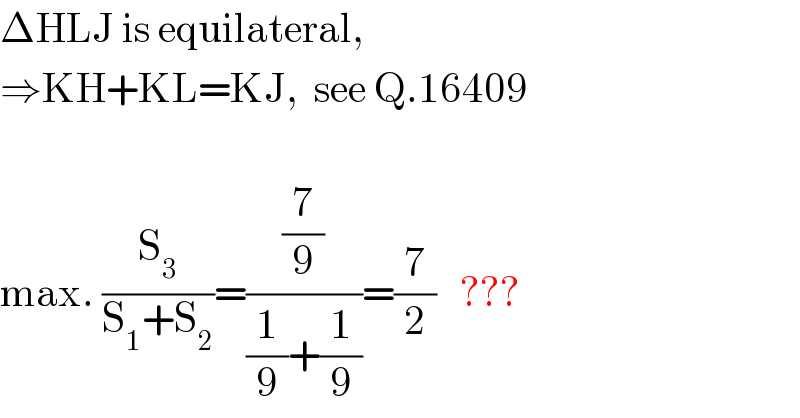
Question and Answers Forum
Question Number 16464 by b.e.h.i.8.3.4.1.7@gmail.com last updated on 22/Jun/17

Commented by b.e.h.i.8.3.4.1.7@gmail.com last updated on 22/Jun/17

Commented by mrW1 last updated on 23/Jun/17

| ||
Question and Answers Forum | ||
Question Number 16464 by b.e.h.i.8.3.4.1.7@gmail.com last updated on 22/Jun/17 | ||
 | ||
Commented by b.e.h.i.8.3.4.1.7@gmail.com last updated on 22/Jun/17 | ||
 | ||
Commented by mrW1 last updated on 23/Jun/17 | ||
 | ||